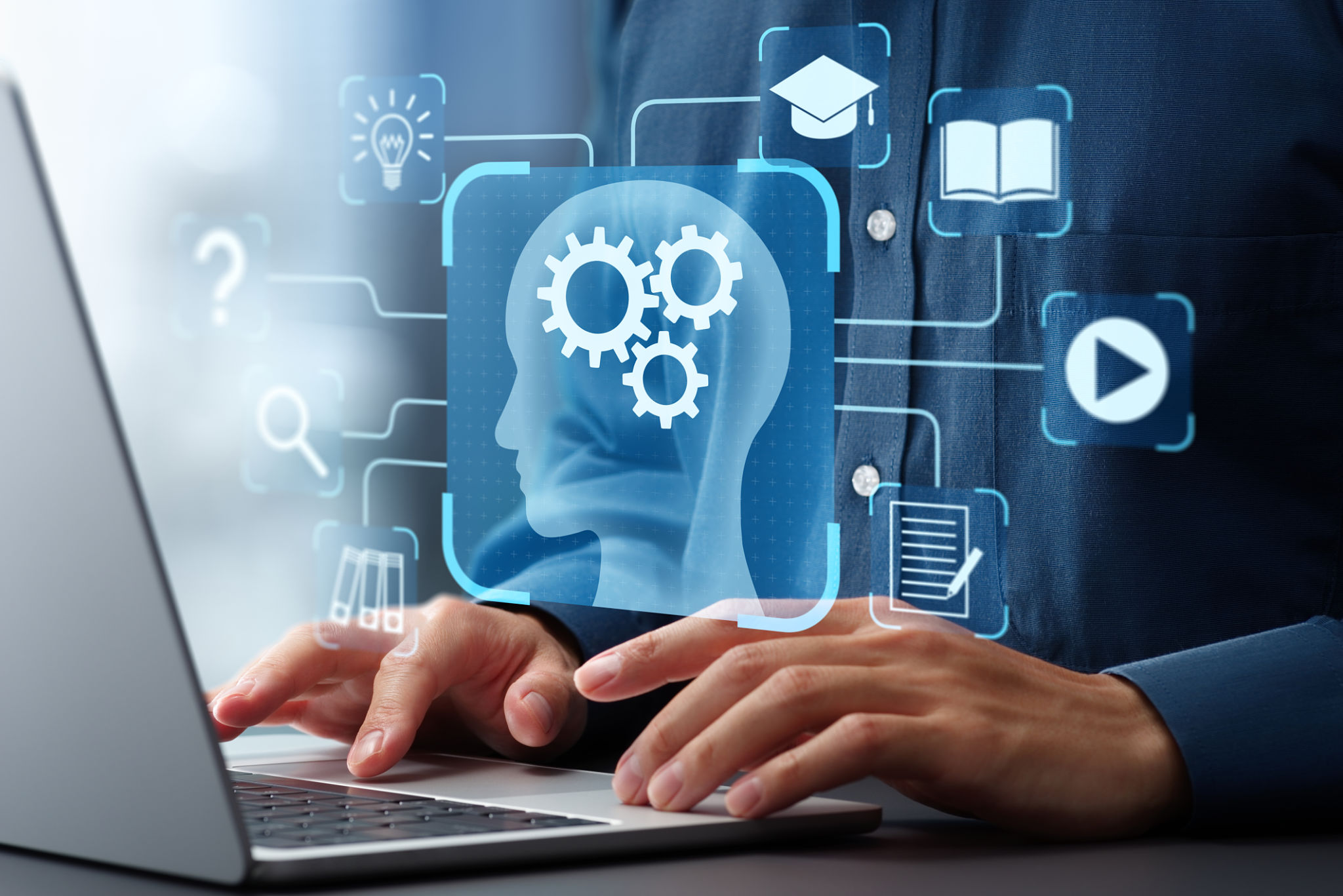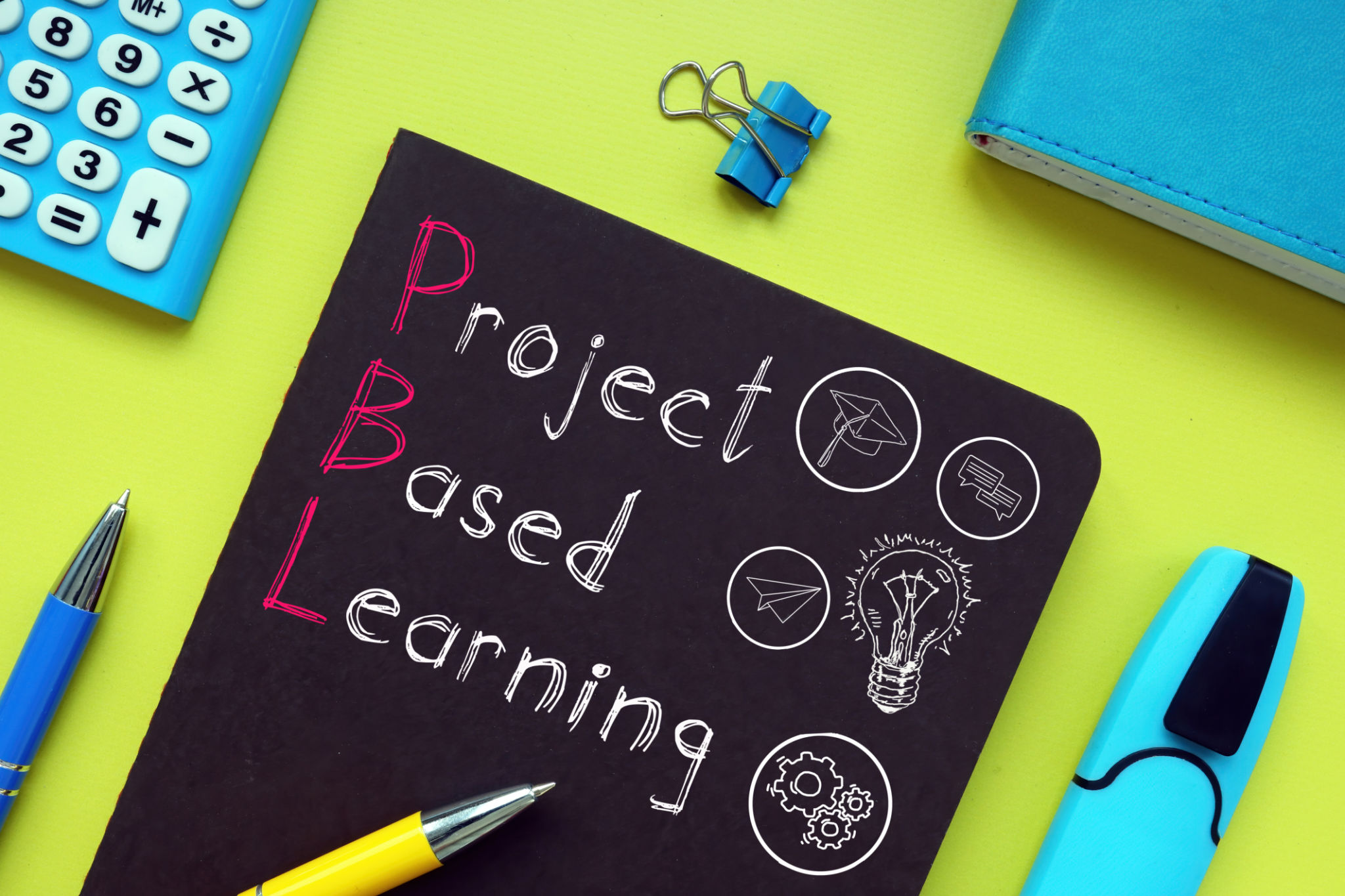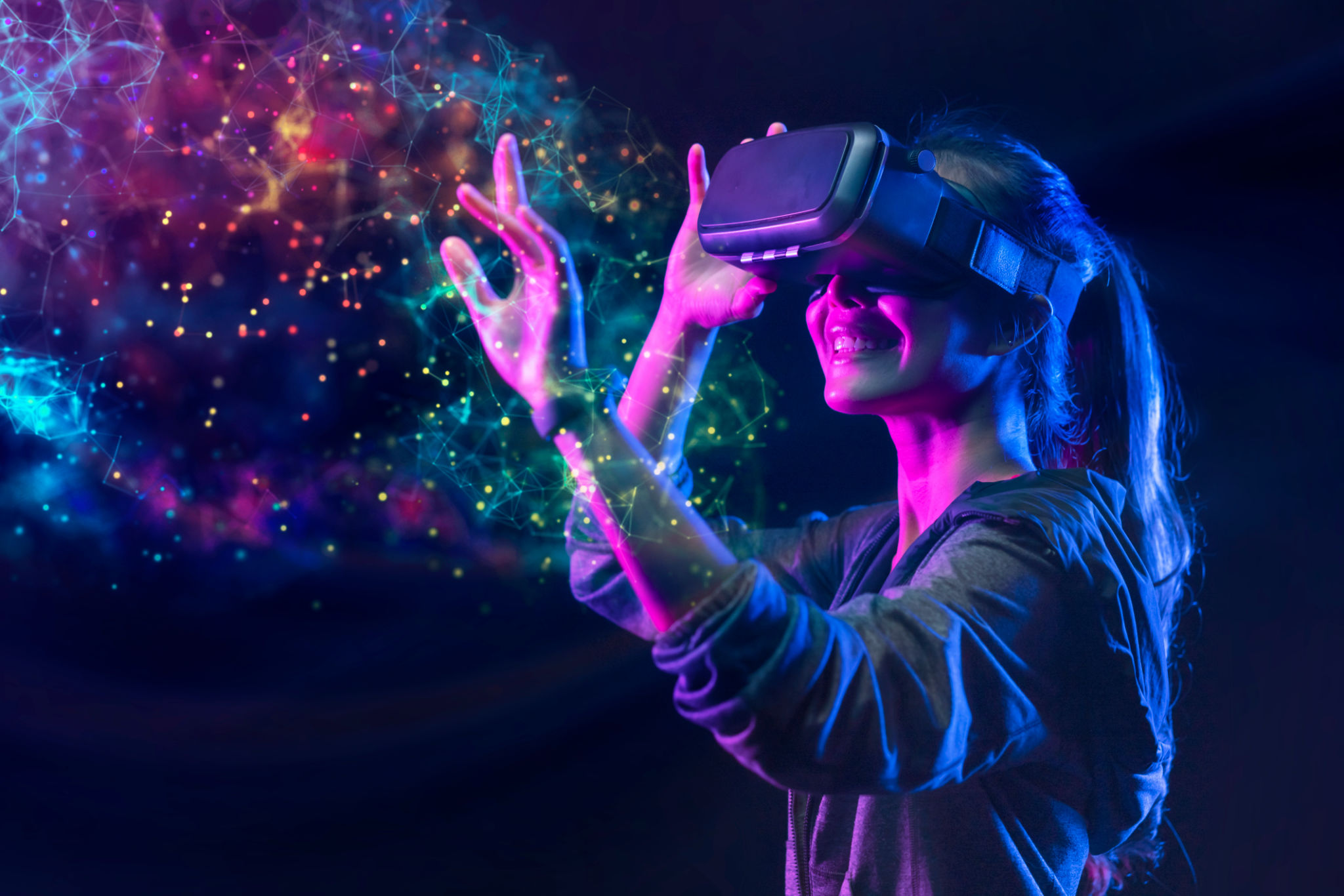Innovative Teaching Methods Revolutionizing Education Today
The Shift Towards Personalized Learning
In today’s rapidly evolving educational landscape, one of the most groundbreaking approaches is personalized learning. This method tailors educational experiences to meet the individual needs, skills, and interests of each student. Unlike traditional models, personalized learning empowers students to take charge of their own education, boosting engagement and achievement. By leveraging technology, educators can now offer customized learning paths that adapt in real-time to a student’s progress.
Personalized learning often involves adaptive software that provides instant feedback, helping students grasp complex concepts at their own pace. Teachers serve as facilitators, guiding students through a curriculum that matches their unique learning styles. This approach not only enhances understanding but also fosters a lifelong love for learning.

The Rise of Project-Based Learning
Another innovative teaching method gaining traction is project-based learning (PBL). This approach emphasizes learning through active exploration and real-world problem-solving. Students work on projects that require critical thinking, collaboration, and creativity, often culminating in a tangible product or presentation. PBL encourages students to apply their knowledge in meaningful ways, preparing them for future challenges.
Project-based learning helps develop essential skills such as communication, teamwork, and time management. It also allows students to see the practical applications of their studies, making education more relevant and engaging. Schools adopting PBL report higher levels of student motivation and achievement.

Flipped Classrooms: A New Perspective
The flipped classroom model is transforming the traditional lecture-based approach. In this setup, students access instructional content—such as videos and readings—at home, allowing classroom time to be dedicated to interactive exercises and discussions. This shift enables teachers to provide more personalized support and fosters a more dynamic learning environment.
Flipped classrooms encourage active participation and deeper comprehension of subject matter. By reversing the typical homework paradigm, students arrive at class prepared to engage in collaborative activities that reinforce their understanding. This model has been shown to improve academic performance and student satisfaction.

Gamification in Education
Gamification is the integration of game-like elements into educational activities to motivate and engage students. By incorporating aspects such as points, badges, and leaderboards, gamification transforms learning into a more interactive and enjoyable experience. This approach appeals to students' natural inclinations towards play and competition.
Games encourage students to persevere through challenges, promoting resilience and problem-solving skills. Educators find that gamification can increase participation and retention rates, making it a valuable tool in modern teaching strategies.
Embracing Virtual Reality in Classrooms
Virtual reality (VR) is opening new doors for immersive learning experiences. By transporting students to different environments—from ancient civilizations to distant planets—VR makes abstract concepts tangible and accessible. This technology fosters greater engagement by captivating students' imaginations and enhancing their understanding through experiential learning.
Teachers are using VR to complement traditional teaching methods, offering students a deeper insight into various subjects. With VR, learners can visualize complex processes and explore scenarios that would otherwise be impossible in a conventional classroom setting.
